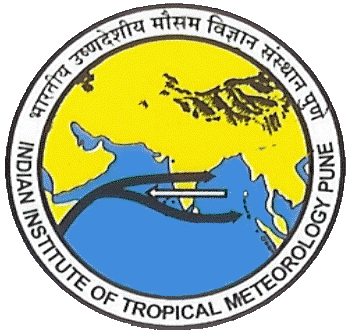MISO
The skill of prediction of the large scale low-frequency mode of MISO is evaluated by computing the correlations between the predicted and observed MISO indices MISO1 and MISO2 and is shown in Figure. The top panel shows the skill of all the initial conditions (ALL) as a function of lead-time. The middle and bottom panel plots are obtained by clustering the days in terms of the active initial conditions (ACT) and break initial conditions (BRK) respectively as mentioned in each panels. It is clear that increase in resolution has no significant impact in the prediction of large-scale MISO while GFSbc produces more skilful forecast of MISO for all initial conditions (ALL, ACT and BRK).
